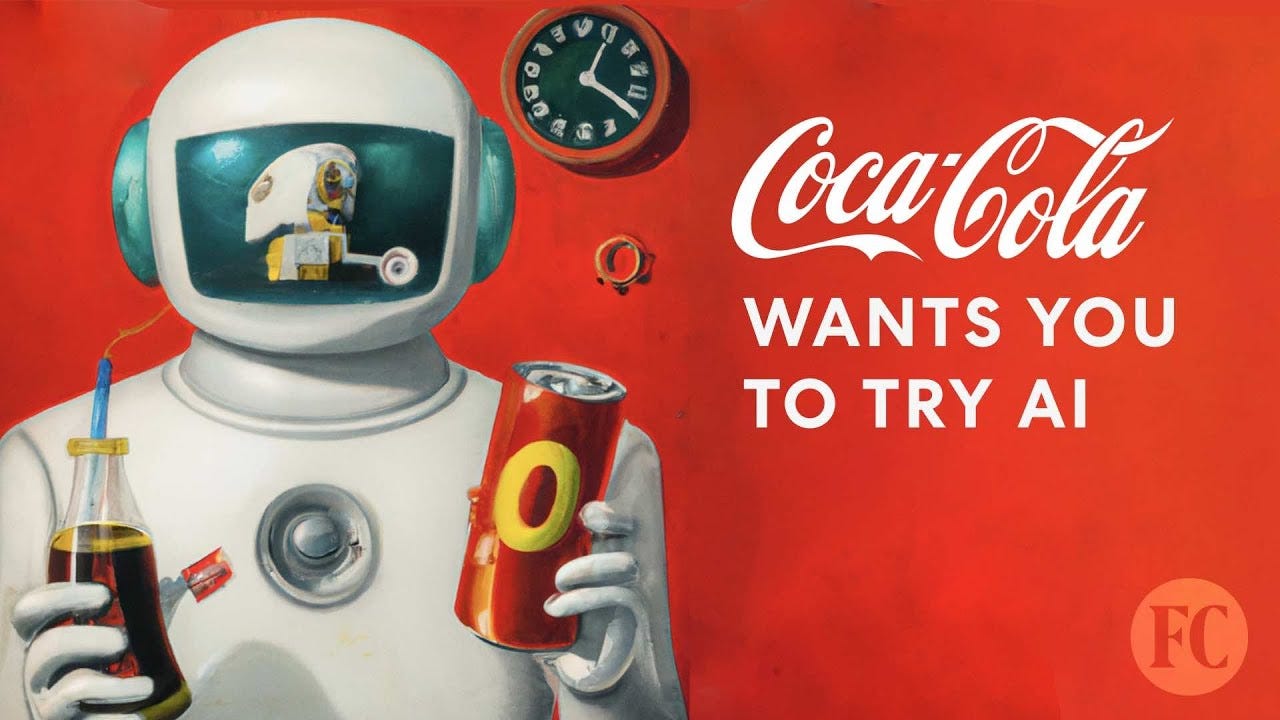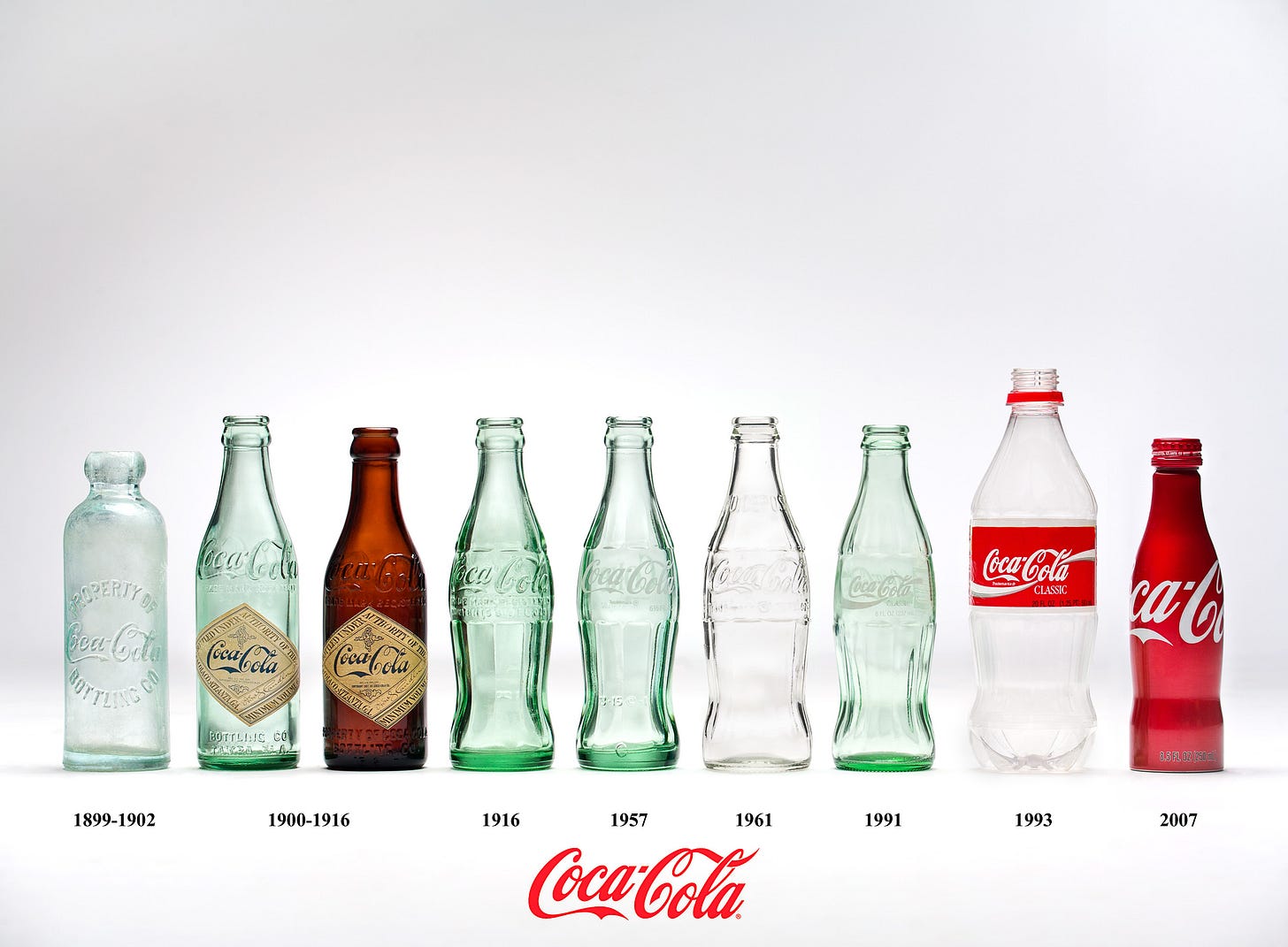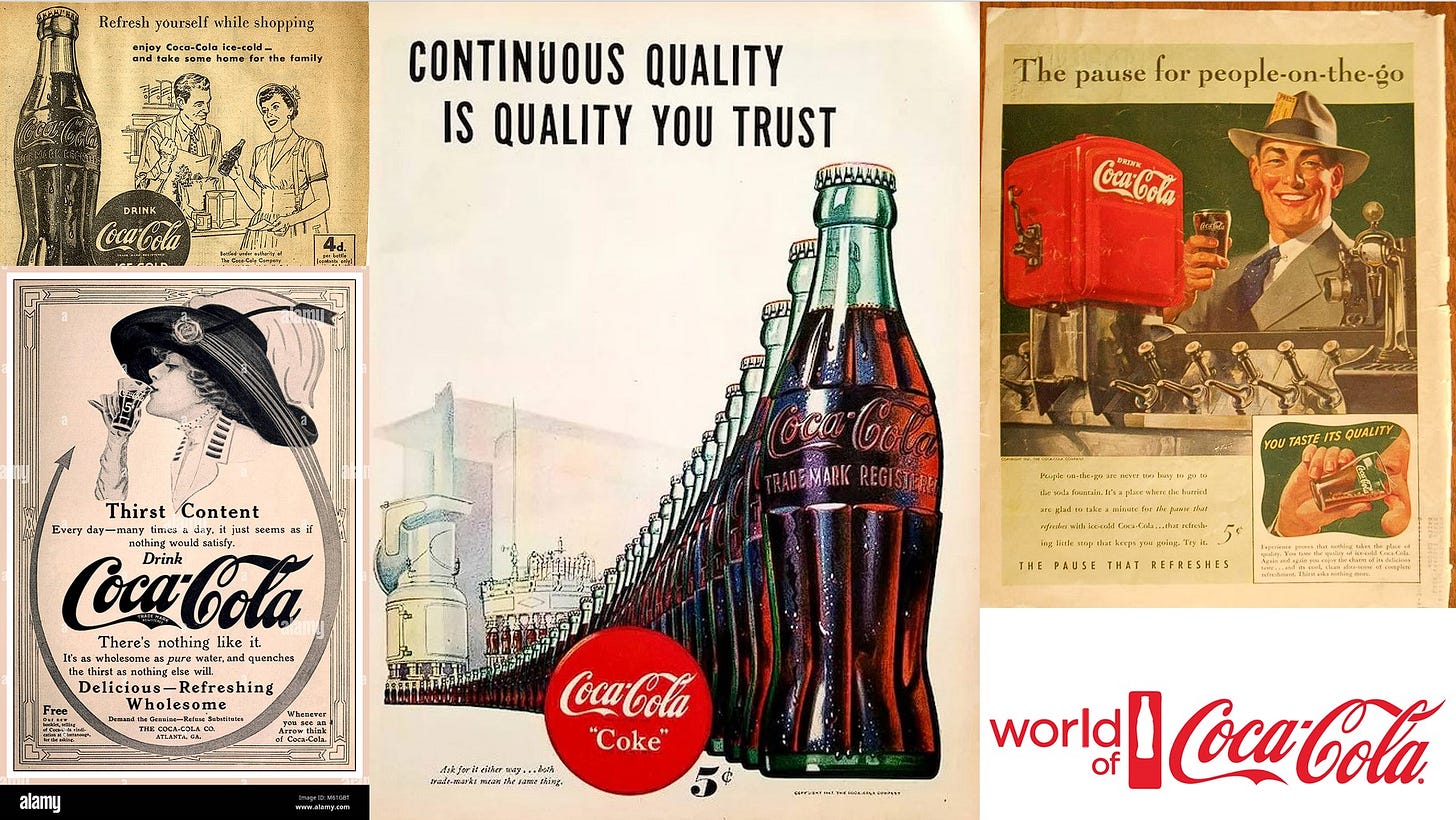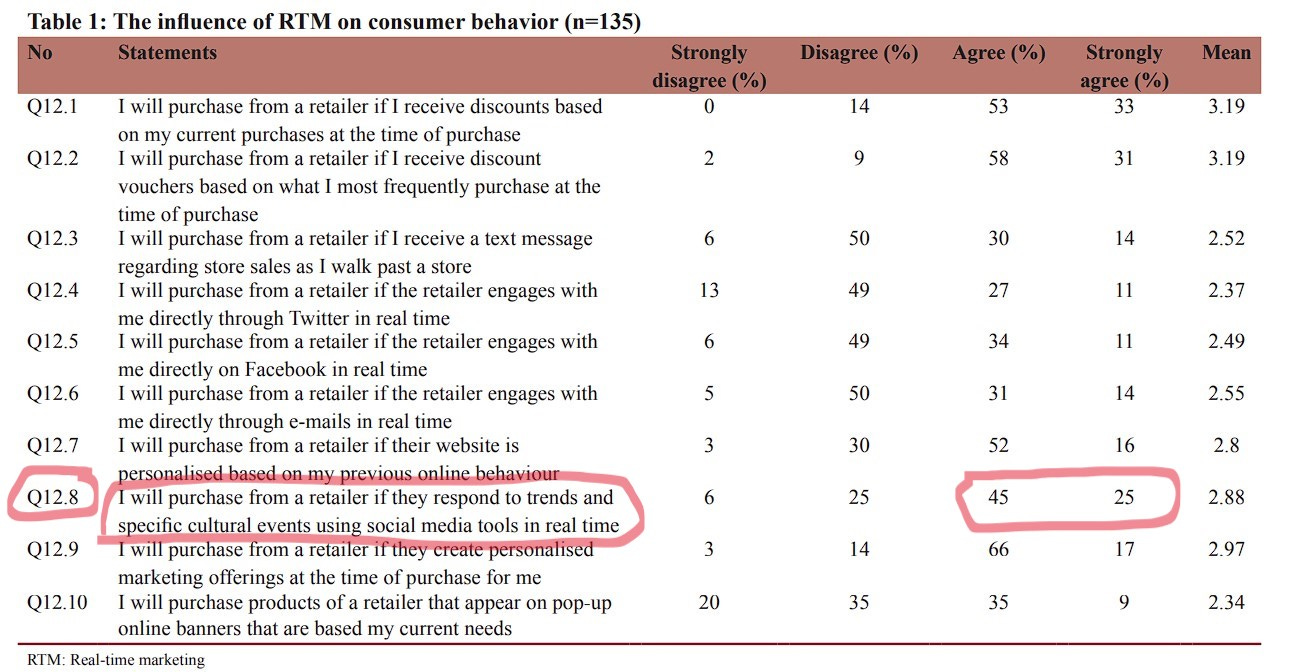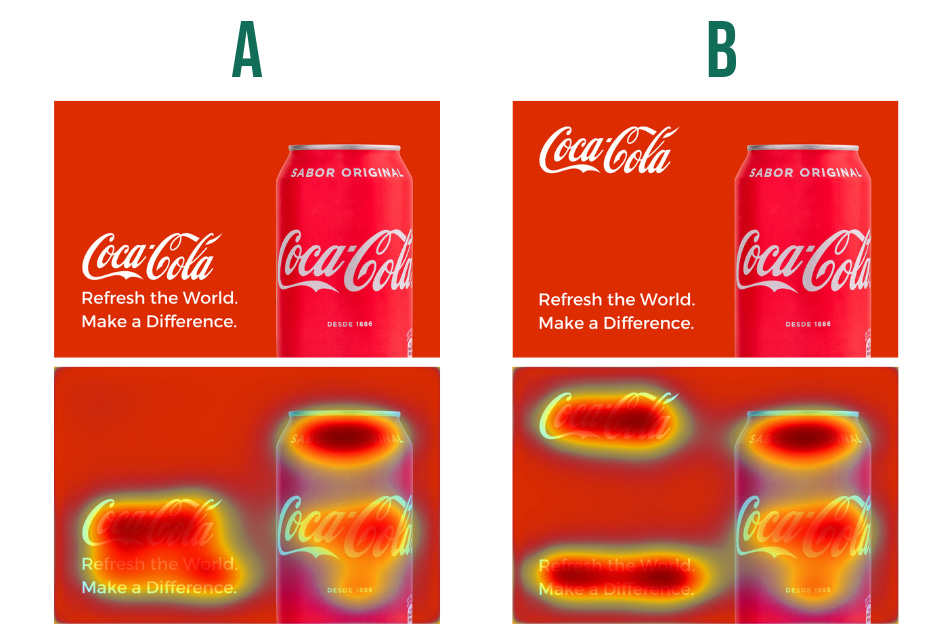Can AI Make You Drink More Coke?
How Coca Cola and OpenAI Plan To Sell More Than 2 Billion Bottles Per Year
Can you picture the difference between a million and a billion?
Let me help you, counting to a million would take you 11.6 days if you counted one number per second without stopping. Counting to a billion, though … Well, that would take you about 31.7 years if you didn’t stop. Let that sink in for a minute. Most people can’t understand the vastness of 1,000. Let alone a million or a billion.
And Coca Cola sells almost twice as much. PER DAY.
How is this possible? And could they sell more than that using generative AI?
Let’s take a look inside one of the most dominating and valuable brands in the whole wide world, and how they will use GPT4 and DALL-E to increase their already dominating market share.
This is Inside Coca Cola.
If you've ever had a soft drink, you've probably had one of these.
Coca Cola is a household name and one of the most successful brands in the world. In fact, they sell over 2 billion bottles a day in 200 countries. That's a lot of soda. And a lot of sugar.
So how did Coca Cola become such a global powerhouse and what role has technology played in its success?
Let's go back in time.
Coca Cola’s Quest For World Domination
In 1886, a pharmacist named John Pemberton created a syrup to be mixed with carbonated water, which he called Coca Cola. The beverage quickly became popular and was sold at soda fountains across the United States.
As the company grew, they faced competition from other soda brands, but Coca Cola's amazing marketing campaigns helped to establish it as a unique and iconic brand.
Those marketing campaigns were ideated and created by some of the most talented artists, marketers, and graphic designers. You can bet that the most prestigious agencies were working in one of their campaigns at the time.
It wasn’t just marketing, though. Coca Cola's success also stems from their commitment to innovate using the latest technology available.
For example, in the 1920s, Coca Cola began bottling their soda, making it easier to distribute and sell. Later, they introduced the concept of vending machines, allowing customers to purchase a bottle of Coke on the go. These innovations helped to increase the availability of Coca Cola, making it a household name across the world.
Fast forward 100 years, and Coca Cola is now using generative AI to create marketing campaigns. They also use AI to analyze consumer behavior, preferences, and purchasing patterns, which helps them make data-driven decisions about product development, marketing, and distribution. All of which contributes to more revenue and more profits.
And a healthy bottom line means happy investors.
Coke’s Adoption Of Generative AI
One of the most interesting things they’re working on, when it comes to AI, is this partnership with OpenAI and Bain & Company.
These three companies collaborated to develop a custom-made platform powered by GPT4 and DALL-E that allows creators to generate art with iconic images owned by Coca Cola, such as Santa Claus and its polar bear.
These images will feature in their marketing materials and social media posts to help them predict consumer trends in developing markets. Trends such as who prefers tea rather than coffee, or who prefers Diet Coke rather than Coke Zero based on its flavor, for example.
According to a study done by the University of South Africa, which measured the effectiveness of real time marketing campaigns on consumer purchasing behavior, more than 70% of the people surveyed answered they will purchase from a retailer if they respond to trends and specific cultural events using social media tools in real time. So, if they can use AI to exploit this opportunity, it is a goldmine.
Why Is This A Big Deal?
Firstly, the speed at which they can generate these campaigns will increase exponentially. Think about it this way, rather than selecting a group of designers to work on the images, they are now democratizing the development of the images to anyone who has some creative talent and can generate effective prompts. Probably at a fraction of the cost and without the hassle of dealing with an agency.
In the current inflationary environment we’re living in, where cutting costs are now becoming the norm, this will allow to shrink their operating costs and expand margins. Which is … a good thing.
Secondly, because they can generate these campaigns a lot faster with the use of AI, they’ll get a quicker feedback loop on how effective these campaigns are. Subtle, but important things such where to place text in the ad, what people should look like, and what colors to use can be iterated quickly to test which one will sell the most in local markets. Particularly, developing markets.
If this platform turns out to be successful, we can expect that campaigns will become more effective with time. This will result in more sales, higher profits, and increased market share.
As of today, Coca Cola has an approximate 43% market share on the beverage industry. By using campaigns that are more targeted and effective, they will be able to sell more bottles direct to consumer, but also do more business through partnerships or distributors.
This is similar to what happened to businesses that started using Google and Facebook ads to target users based on interests and social media profiles.
Additionally, the more business for Coca Cola, the more business for their bottling partners, who are key to the business model. A fantastic flywheel.
Finally, if this partnership and platform become a success, Bain & Co will probably use it as a framework for other Fortune 500 companies.
This would be the dawn of a new service offering that gets consumer packaged goods executives interested in how to leverage AI. This might be able to inject some new life to an industry that is not in hyper growth at the moment.
Just imagine running the same experiment for tobacco, beer, and clothing companies that have a big and loyal fan base. Marlboro, Corona, or Nike.
This would be a massive paradigm shift on how marketing is done today. All possible through Generative AI and Analytics.
Welcome to the new world.
I hope you liked this week’s issue and wish you a fantastic rest of the week!
Until next time,
Antonio.


